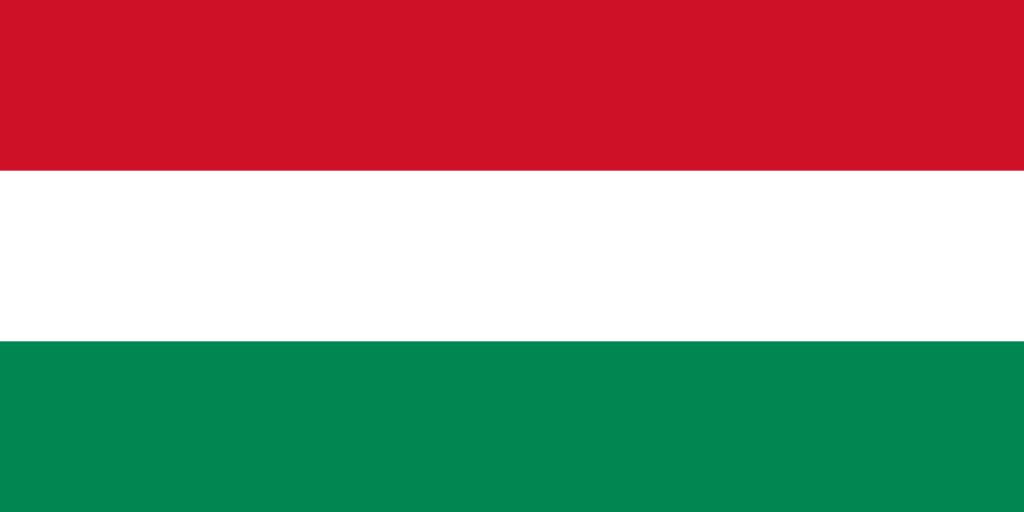 Kattintson ide a magyar verzióért.
Kattintson ide a magyar verzióért.
While the SDR (Settlement Discipline Regime) deals with securities settlement and the settlement discipline of market participants, the SRD (Shareholders Rights Directive), as described in our white paper on the subject, deals with investor protection and the protection of shareholders’ rights.
The Shareholder Rights Directive II (SRD 2, Directive 2017/828/EU) is an EU Directive that aims to strengthen shareholder empowerment and ensure that corporate decisions are taken in the interests of the long-term stability of companies. The SRD II amended the original SRD, which came into force in 2007 with the aim of improving corporate governance in companies that are based in the EU and whose securities are traded on EU regulated markets.
EU Implementing Regulation 2018/1212 contains the implementing provisions of SRD II and all EU country implementing legislation. The Regulation aims to improve the communication of listed companies to shareholders, in particular the transmission of information through the intermediary chain, and requires intermediaries to facilitate the exercise of shareholder rights.
The Regulation aims to:
- ensure a uniform interpretation of SRD II and the implementing legislation,
- encourage the use of common data and messaging formats (which ensure the efficiency and reliability of the processing of information necessary for the exercise of shareholders’ rights),
- and the transmission of information between intermediaries, issuers and their shareholders, thus ensuring a more efficient functioning of the EU equity capital market.
WHAT DOES THIS LEGISLATION MEAN IN PRACTICE?
The SRD II is also composed of several pieces of legislation which stated that natural person investors should be informed of corporate events of publicly traded companies at the same time as institutional customers. Naturally the directive has regulated the minimum information content that must be provided on voluntary and mandatory events of the Issuers as a universal disclosure to investors and shareholders through the Clearing House and investment service providers. The channel of communication is, of course, not specified, nor is the depth of the information.
Yet, capital markets have been significantly influenced by how clearing houses have managed to communicate with issuing companies and how they are able to transmit this corporate information to market participants.
This Golden source information can only be transmitted to market participants using ISO 20022 MX SWIFT messages and xml files compliant with T2S standards, in addition to an online platform, and this required significant improvements, as the providers that have worked well so far and interleaved the old MT15022 SWIFT standards are slowly becoming obsolete. New MX messages have emerged with ISO20022 that no longer have an MT equivalent and are related to shareholders’ identification disclosure posing a serious challenge to the largest clearing houses and sub-custodian banks.
Despite lobbying, the capital markets have not been granted a postponement of entry into force by the EU, so SRD II is now in force as of 3 September 2020 and penalties for failure to disclose can be imposed.
HOW DID MARKET PARTICIPANTS SURVIVE THE INTRODUCTION OF SRD II? WITH INFORMATION TECHNOLOGY!
It has helped a lot that over the last two decades, investment service providers have continuously shifted the submission of their customers’ orders for securities sales and the communication of securities account balances and cash balances to online platforms that could be upgraded with minor improvements and provided a platform to display these corporate events.
Naturally, in order to provide shareholders with meaningful information, issuers in all EU Member States had to cooperate.
However, this also required upgrading the existing IT systems of the national clearing houses so that non-SWIFT compliant issuers could place notices on a single platform and the clearing houses could then transmit the information from these notices to securities market participants (account holders).
These processes only really meet the requirements of STP (Straight Through Processing) if human hands do not actually interfere with the flow of information. Investment service providers are therefore in a difficult position because, although the flow of information to their retail customers is automated in many cases, it is not automated to the central clearing house.
However, in our next article we will show how Dorsum helped to solve these challenges of the market participants with digitalisation solutions.



